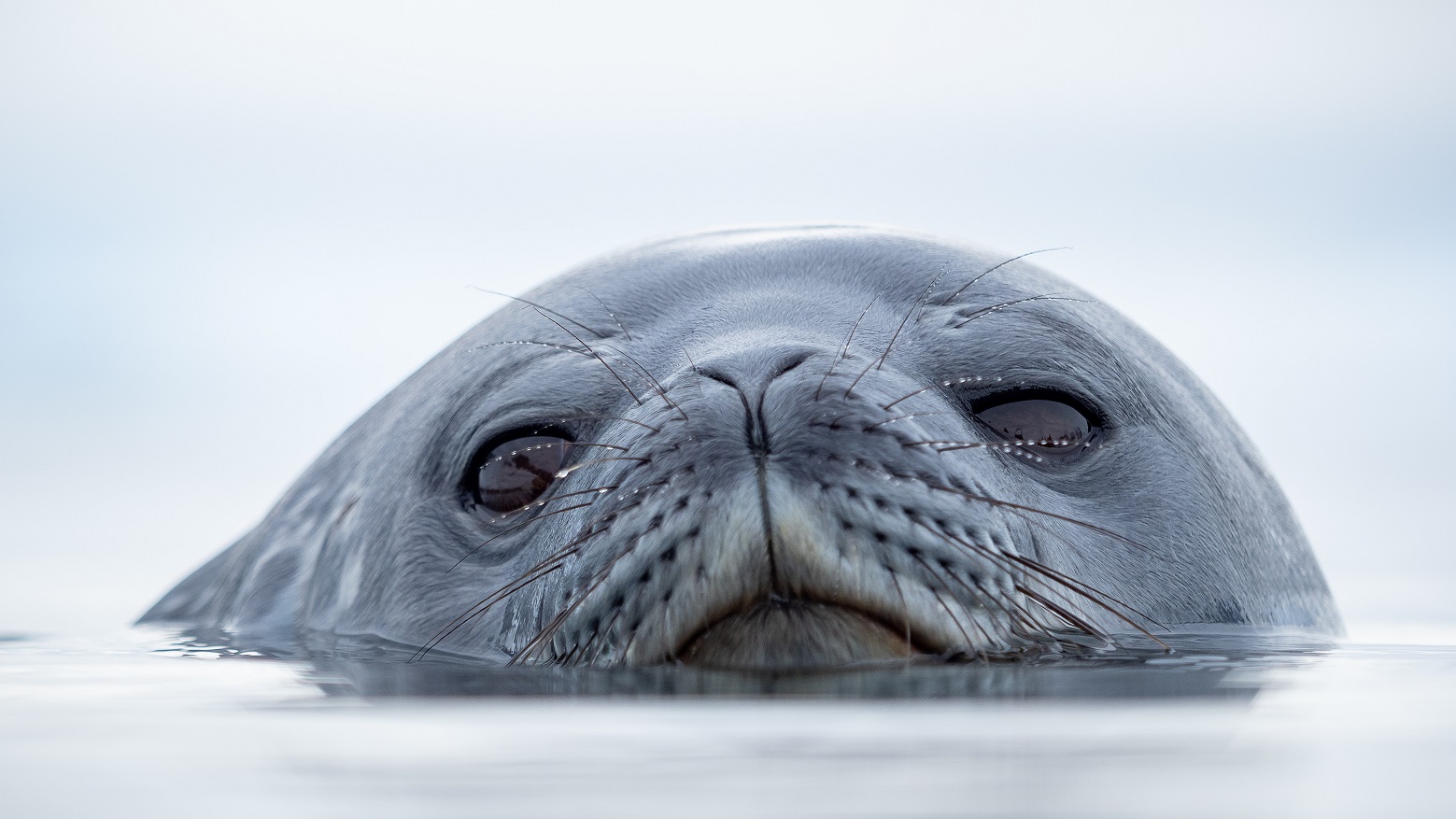
This season, a University of Tasmania (UTAS) PhD candidate and two researchers have an exciting opportunity to join Hurtigruten Expeditions to the Antarctic Peninsula, for up-close observations of marine mammal behaviour – and to understand if participating in Antarctic citizen science can influence how guests feel about this fragile continent.
The opportunity is part of a unique partnership agreement for Antarctic research signed early last year between the University and Hurtigruten Expeditions. This world-leading adventure travel group ensures sustainability is integrated across all of their operations and is setting a new standard of sustainability for the travel industry.
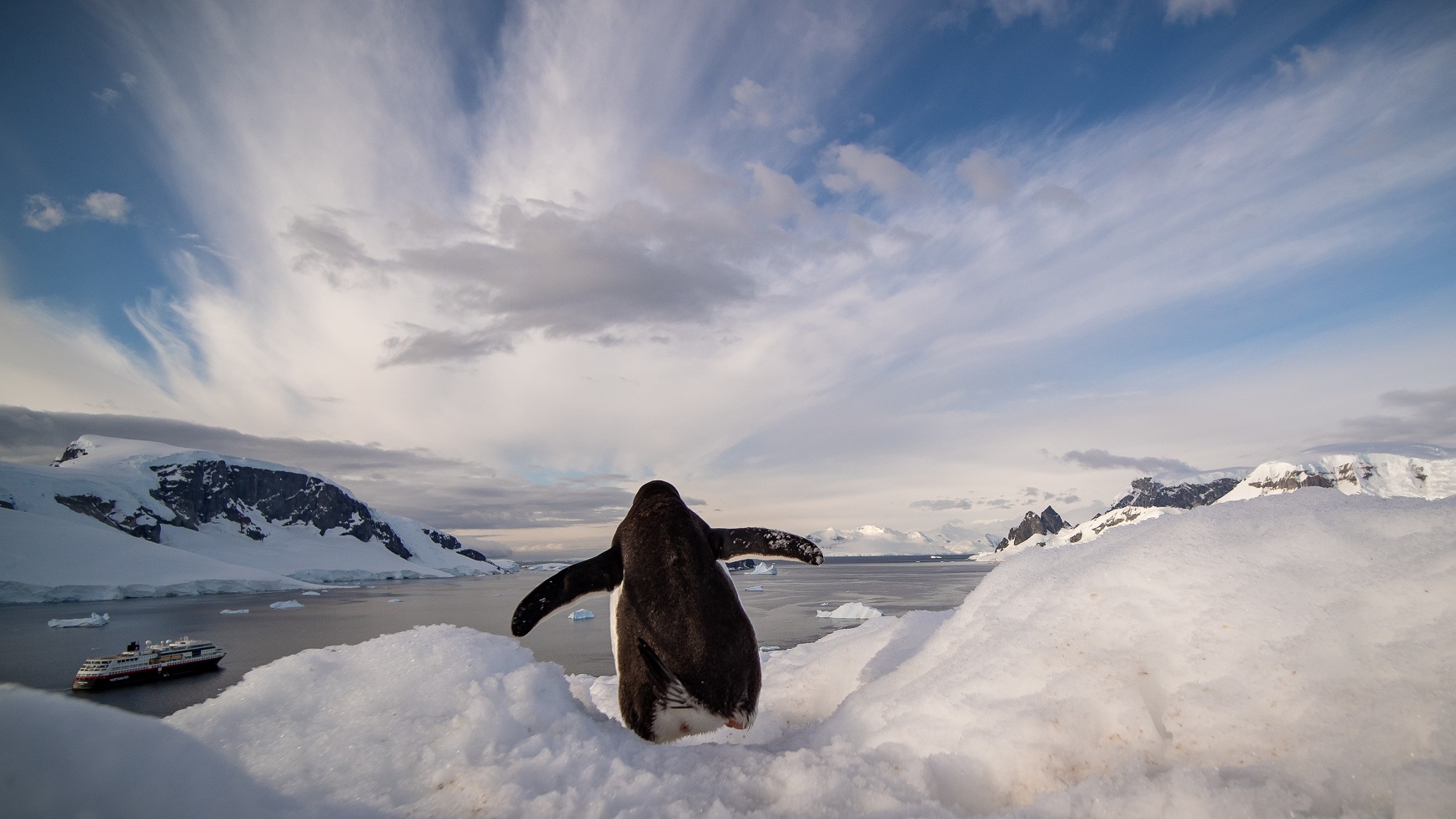 Professor Mary-Anne Lea leads the Marine Predator Lab at the Institute for Marine and Antarctic Studies (IMAS) and the collaborative ice seal behaviour and distribution project with Hurtigruten, and said the partnership was invaluable.
Professor Mary-Anne Lea leads the Marine Predator Lab at the Institute for Marine and Antarctic Studies (IMAS) and the collaborative ice seal behaviour and distribution project with Hurtigruten, and said the partnership was invaluable.
“It’s a wonderful and unique opportunity for all of us – for our scientists and social scientists to have access and support to study in Antarctica, and for guests to experience firsthand the scientific process of gathering the data that will contribute to our understanding of this rapidly changing ecosystem.”
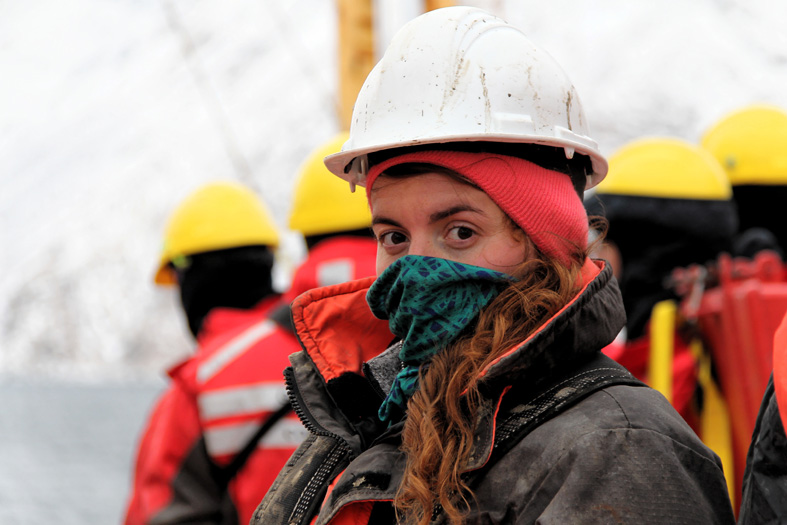 IMAS | UTAS PhD candidate, Noémie Friscourt (right) is excited to be joining four Hurtigruten voyages to the Antarctic Peninsula in November and December as a Marine Mammal Observer on the ice–seal project.
IMAS | UTAS PhD candidate, Noémie Friscourt (right) is excited to be joining four Hurtigruten voyages to the Antarctic Peninsula in November and December as a Marine Mammal Observer on the ice–seal project.
“I love being at sea and have been on many ships, but this will be the first time I’ve been on a cruise ship, and to Antarctica,” Noémie said.
Marine Mammal Observers actively scan the sea from the bridge, usually across a 12-hour period, depending on the light level, ship schedule and weather conditions.
When an individual marine mammal or group is sighted, observers spring into action to identify the species, the number of individuals, the GPS position, any particular behaviours and the environmental conditions such as swell, temperature, cloud and ice cover, and more.
“It requires a lot of focus and patience, but observing marine mammals is important because it helps us explore their distribution and behaviour in relation to ice and environmental conditions,” Noemie said.
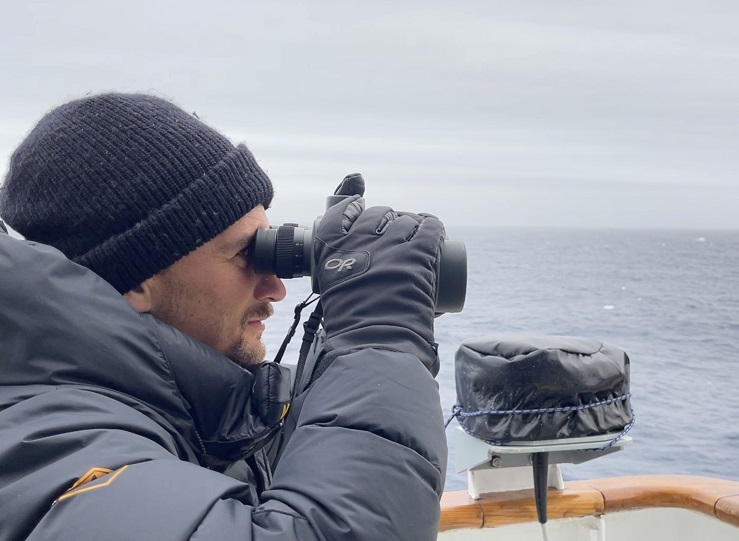 “I’ll also be giving talks for guests about the marine mammal observation project, and about my PhD work investigating the diet and foraging behaviour of Antarctic fur seals. And it involves examining biomarkers that give insights into this behaviour, and studying tracking data to know where the seals have been in the Southern Ocean.”
“I’ll also be giving talks for guests about the marine mammal observation project, and about my PhD work investigating the diet and foraging behaviour of Antarctic fur seals. And it involves examining biomarkers that give insights into this behaviour, and studying tracking data to know where the seals have been in the Southern Ocean.”
Noémie expects to see plenty of Weddell, leopard and crabeater seals, which are some of the most common marine mammals in the region.
“I’m fascinated by leopard seals, so I hope to see them in action on the Peninsula during the project,” she said.
IMAS social science researcher, Dr Hanne Nielsen (below), specialises in Antarctic law and governance and is particularly interested in the contemporary practices of polar tourism. She will be joining two 11-day voyages to the Antarctic Peninsula this season, with colleague Associate Professor Anne Hardy from the University’s College of Arts, Law and Education (CALE).
“Being on the Hurtigruten voyages is a great opportunity to learn whether participating in citizen science influences guests’ travel experiences and attitudes towards Antarctic – and whether activities could be better designed to maximise positive change,” Dr Nielsen said.
“It’s exciting to work with an industry partner to answer pressing questions about how humans interact with and value Antarctica, and to contribute to wider conversations on Antarctic Ambassadorship and protection."

Associate Dean of Research Performance at CALE, Professor Elizabeth Leane, also a member of the citizen science research team, said the innovative approach of supporting social science fieldwork in Antarctica was critical.
“Tourism is one of the many social and cultural challenges facing Antarctic research,” Prof Leane said. “By giving social scientists and humanities scholars the opportunity to undertake fieldwork alongside science, Hurtigruten is enabling the multidisciplinary approach that will be crucial to build effective solutions to these challenges – now and into the future.”
Executive Dean of the UTAS College of Sciences and Engineering, Mr Terry Bailey, said the Antarctic is one of the world’s most fragile ecosystems and IMAS and UTAS researchers have a passion for protecting it.
“Our partnership with Hurtigruten provides much-needed funding for ongoing research. But it also offers Hurtigruten’s guests a unique insight into the challenges facing the region and will allow them to directly participate in research activities that contribute to a more effective response to our changing climate,” Mr Bailey said.
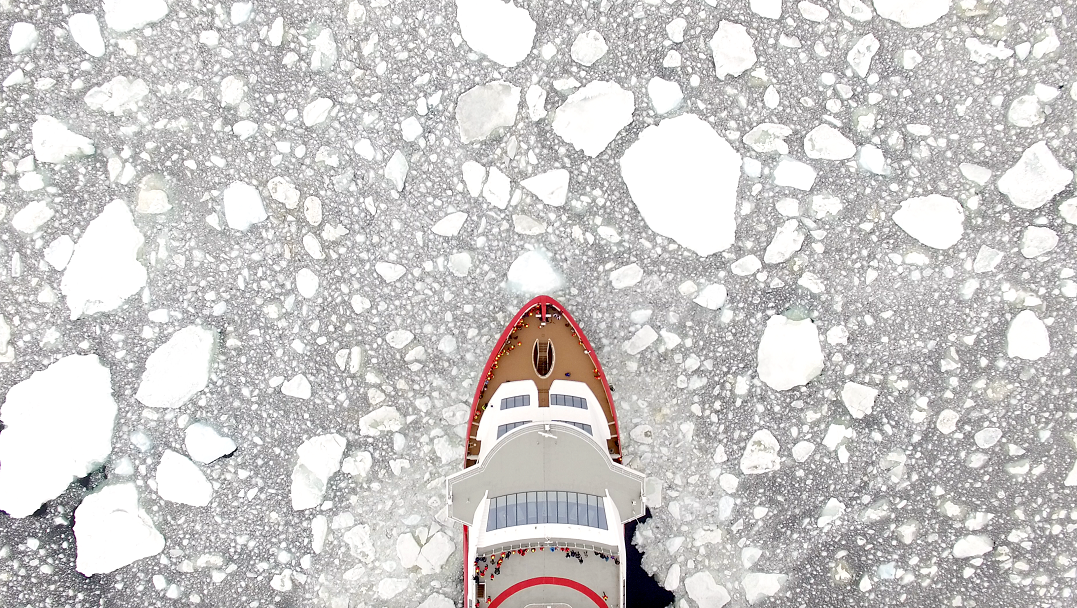
The Hurtigruten Group is the world’s leading adventure travel group, and aims to set new standards for the entire travel industry, offering authentic local experiences while leaving a footprint to be proud of. Hurtigruten Group stopped using heavy fuel oil more than a decade ago and were the first expedition cruise company to ban non-essential single-use plastic across their entire operation.
Images:
Published on Antarctic Day, 1 December 2022